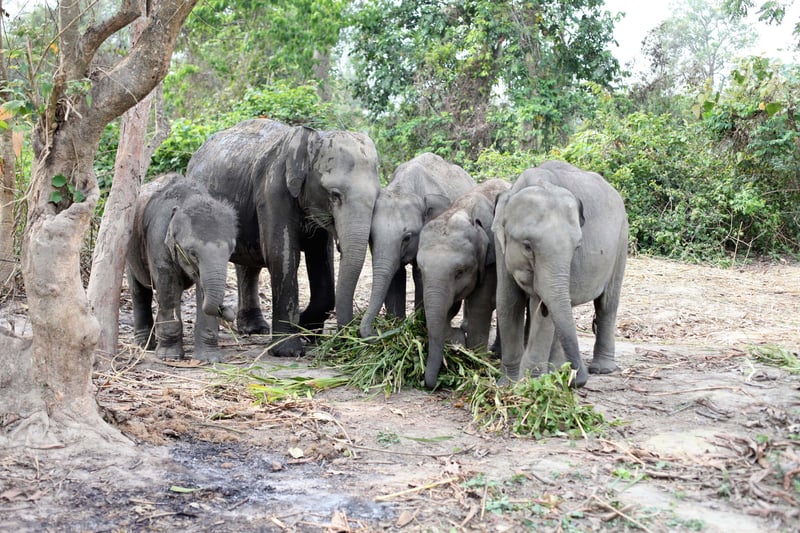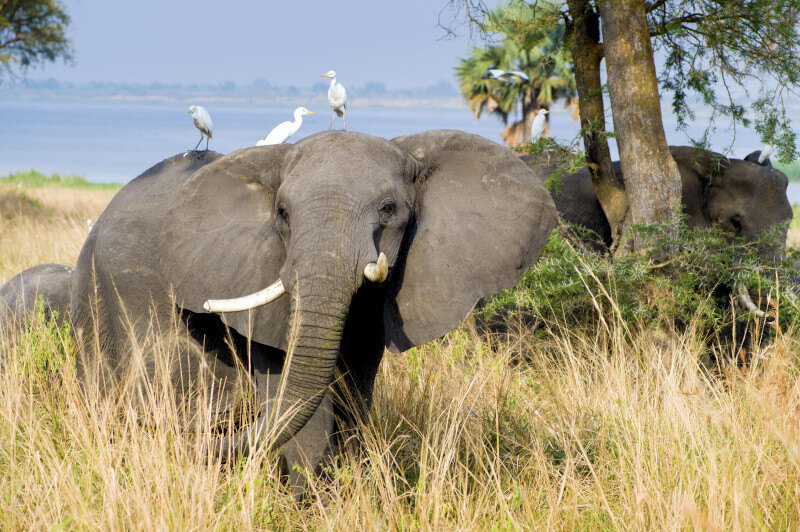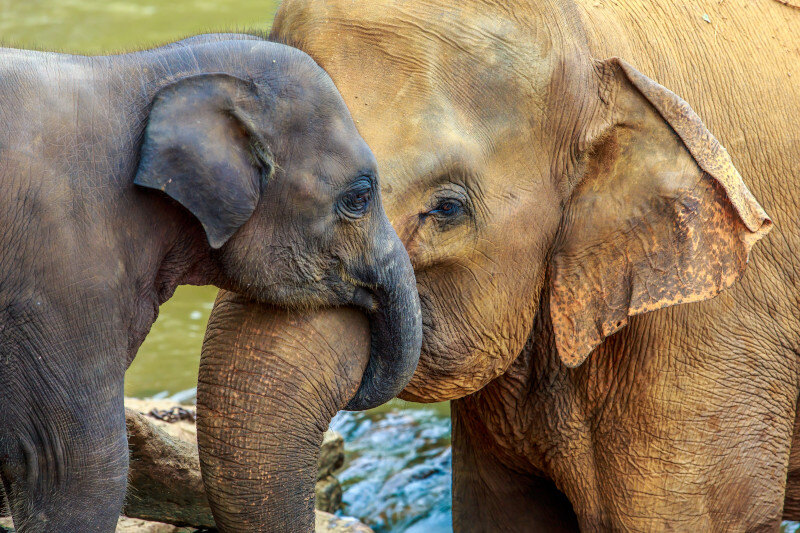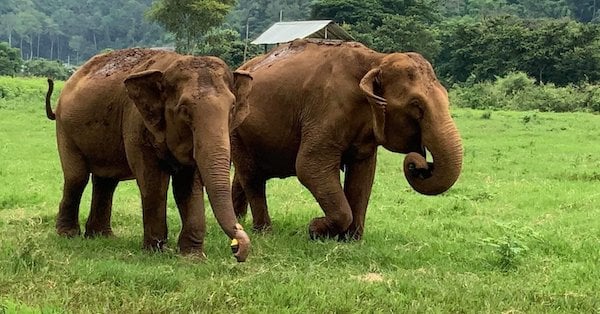Elephants: A Closer Look at A Species Under Threat
It’s easy to fall in love with animals that wag their tails, purr, or curl up next to us. But the awe we feel for elephants—the world’s largest land mammal—runs just as deep. From their powerful trunks to their gentle eyes, elephants remind us that connection doesn’t require closeness. It just takes understanding.
At Greater Good Charities, we’re working to ensure these incredible creatures have a future. Here’s why they’re worth protecting.

Listening with Their Ears, Speaking with Their Feet

- With these excellent listening tools, elephants can pick up sounds far above what humans can.
- Shaped like maps of their origin, the ears of African savanna and African forest elephants resemble their continent, while Asian elephant ears look like the subcontinent of India.
- Elephants flap their ears like fans to stay cool under intense sun. And since their ears have thin blood vessels close to the skin, heat can escape, helping them regulate their body temperature.
the truth about tusks

- Just like us, elephants use their teeth—we call them tusks—to make eating easier. Tusks are essential for food prep, like digging up roots and pulling bark off trees.
- Tusks start growing when an elephant is two years old and never stops, meaning tusk size indicates an elephant’s age.
- While humans are right- or left-handed, elephants favor one tusk or the other. Their dominant tusk is usually more worn down from use.
- Sadly, poachers kill 30,000 elephants a year to steal and sell their ivory tusks.

- Trunks contain 150,000 muscle bundles, which are great for knocking over trees and lifting hundreds of thousands of pounds.
- Part fancy fork, part crazy straw, elephant trunks can reach branches 20 feet high, suck up to 10 gallons of water a minute, and hold up to two gallons.
- Trunks have the dexterity to pick up a blade of grass, the sensitivity to detect the far-off rumbling of thunder or herds, and the ability to soothe themselves by petting their heads or faces.
Talented ecosystem Engineers

- An animal that needs to consume 330-375 pounds of fruit, plants, and grass daily must spend a lot of time eating, specifically 12-18 hours.
- Elephant bodies are designed for water. Buoyant enough to stay at the surface and use their legs to paddle, elephants are great swimmers. Using their trunks as snorkels lets them breathe even when crossing deep rivers.
- In addition to their keen sense of hearing and vibe-detecting skin, elephants have sensitive nerve endings in their feet and trunks that help them pick up infrasonic messages, such as the stomping of an elephant miles away.
- Asian elephants are sometimes described as ecosystem engineers since their presence is tied to rich biodiversity. They create pathways through dense forests, clearing space for other animals to pass through. Even their footprints can make a home for tiny organisms.
- Elephant elders pass down knowledge, and matriarchs carry and share crucial information about the availability of food and water and how to handle dangerous situations.
how You Can Help
Over the past three decades, Asian Elephant populations have declined by at least 50%.
As elephants wander into nearby villages, they damage crops and property, posing a risk to humans that results in injuries and even fatalities. Conversely, elephant poaching continues to grow, even as they are threatened with extinction. Many Asian elephants are forced into captivity, where they spend their days chained and forced to work in the logging, trekking, and tourism industries.
You can help us protect Asian elephants. Your gift will support our work to secure habitats, reduce human-elephant conflicts, and halt the ivory trade.


